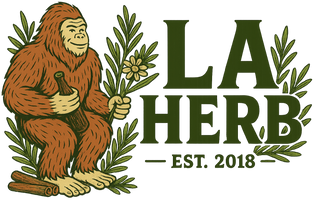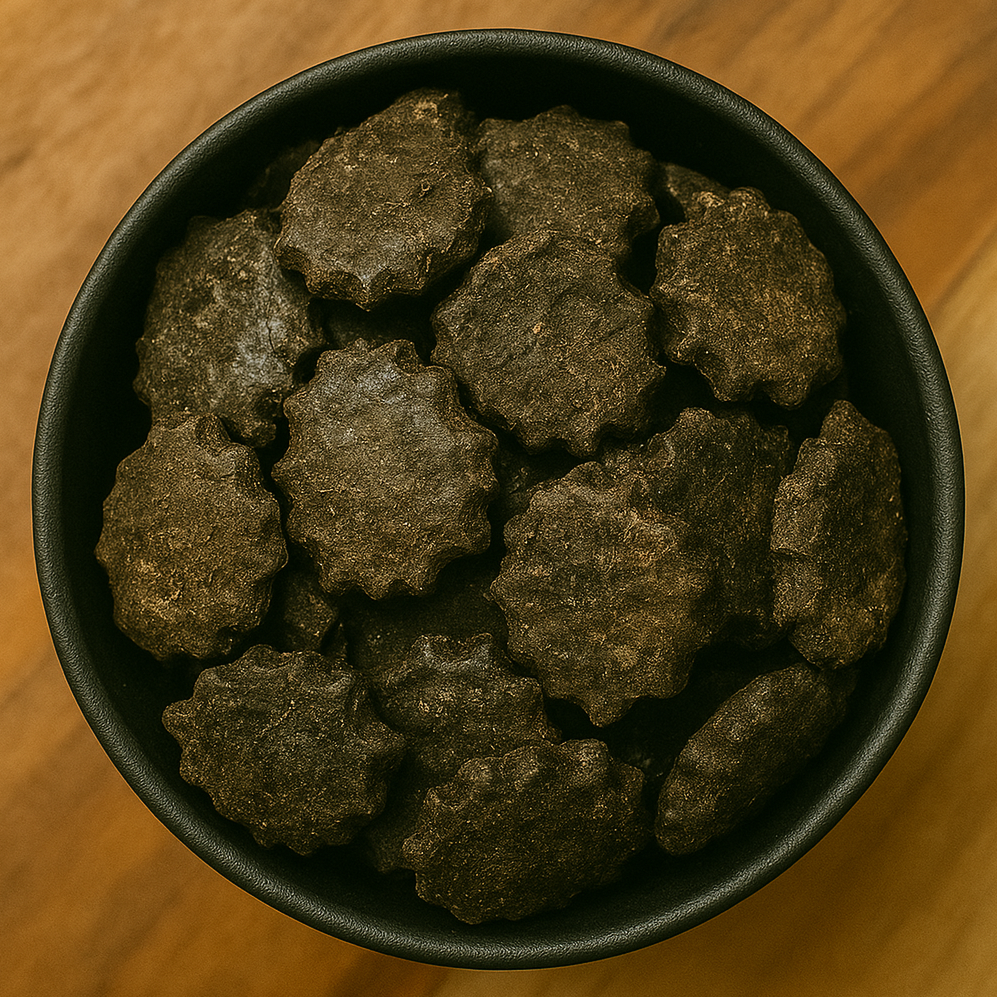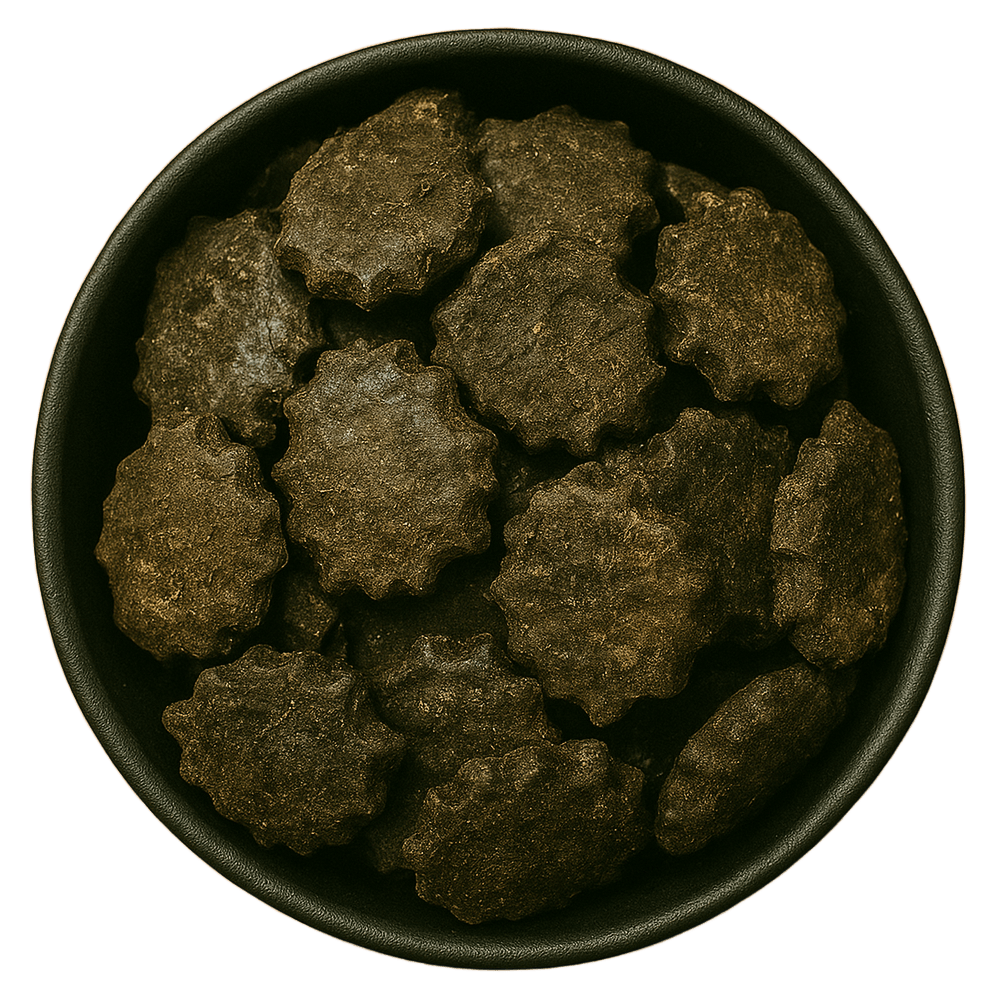Gac Seed Whole (Momordica Cochinchinensis)
Gac Seed Whole (Momordica Cochinchinensis) - 1 oz is backordered and will ship as soon as it is back in stock.
Couldn't load pickup availability
Gac Seed Whole (Momordica cochinchinensis), also known as Mù Biē Zǐ (木鳖子) in Traditional Chinese Medicine, is the dried seed of the Gac fruit, a spiny melon native to Southeast Asia. These hard, dark seeds have been used for centuries in herbal traditions for their ability to break up masses, reduce swelling, and clear heat and toxins, particularly in external or topical applications.
In TCM, Gac seed is considered bitter, slightly toxic, and warming, and is primarily used to invigorate blood circulation, disperse stagnation, and relieve pain. It is commonly applied in formulas for abscesses, boils, and localized swelling, as well as for traumatic injuries or bruising. Due to its strong dispersing action, it is typically used externally—crushed and applied as a poultice or incorporated into herbal plasters.
Internally, use of Gac seed is rare and requires strict guidance from a qualified practitioner because of its potency and mild toxicity. When used carefully, it may be included in small doses in formulas that target hard masses, chronic inflammation, or phlegm accumulation, especially in the abdomen or breast.
Each batch of Gac Seed Whole (Momordica cochinchinensis) is thoroughly dried and preserved to maintain its natural strength and therapeutic action. This is a specialized herb best used in topical herbal preparations for swelling, pain, and stagnation, with careful attention to proper dosage and preparation method.
Note: Gac seed is considered mildly toxic and should only be used under the supervision of a trained herbalist. It is not recommended for use during pregnancy or for internal use without professional guidance.
Also Known As: Mu Bie Zi, Momordica Seeds, Semen Momordicae, Bitter Gourd Seed, Momordica cochinchinensis Seed, Gac Seed
Nutrients: Fatty acids (e.g., oleic, linoleic), saponins, triterpenes, proteins, alkaloids, carotenoids (in surrounding pulp)
Notes: Traditionally used to reduce swelling, drain pus, and treat sores or abscesses externally. Internally used with caution due to potential toxicity. In modern herbalism, primarily applied topically or processed for inflammation and detox support. Must be properly prepared before internal use.






